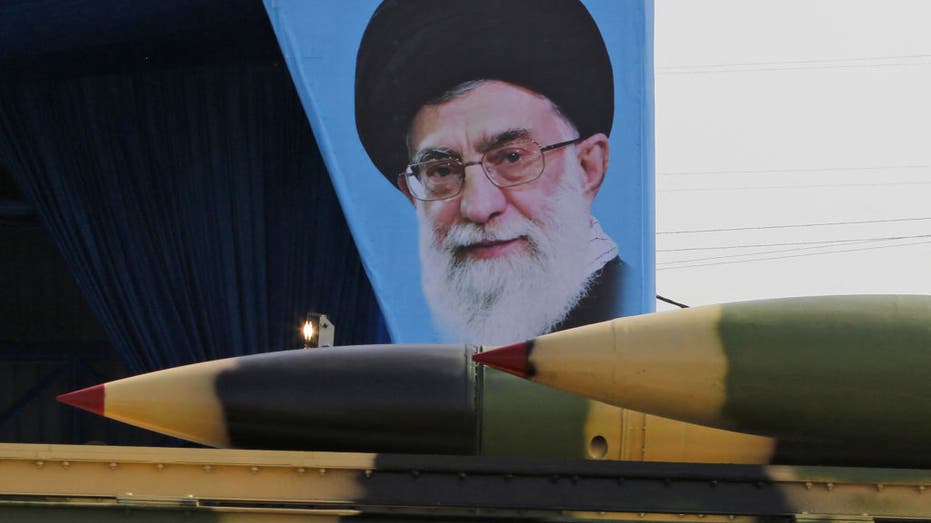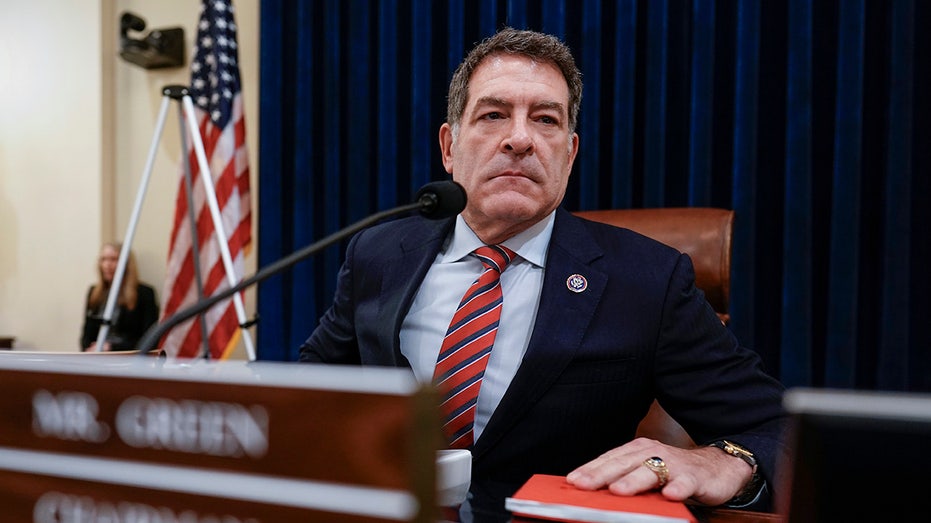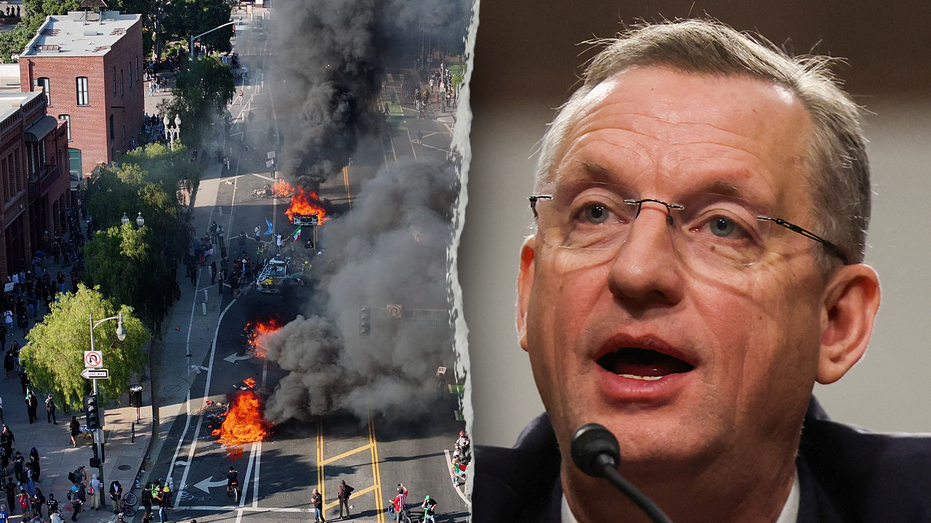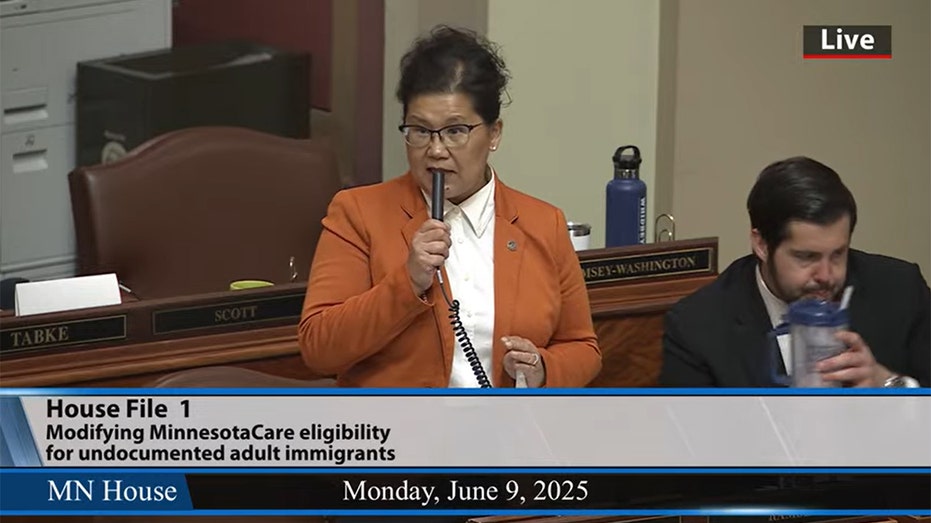US Sanctions Money Laundering Network Supporting Iran Amid IAEA Nuclear Reprimand
Trump administration sanctions 35 individuals linked to Iran money laundering amid escalating tensions over IAEA non-compliance concerns.

The U.S. Department of the Treasury’s Office of Foreign Assets Control (OFAC) announced on Friday sweeping sanctions against 35 individuals accused of laundering money for Iran. The move comes as the administration seeks to reach a deal with Tehran over its nuclear program, intensifying both diplomatic efforts and economic pressure on the regime.
Officials explained that the sanctioned network funneled billions of dollars through a web of Iranian exchange houses and foreign front companies. According to the State Department, these funds were then used to bankroll terror campaigns across multiple continents, further fueling international concerns about Iran’s destabilizing activities. “Iran’s shadow banking system is a critical lifeline for the regime through which it accesses the proceeds from its oil sales, moves money, and funds its destabilizing activities,” emphasized Treasury Secretary Scott Bessent. He underscored the administration’s resolve, stating, “Treasury will continue to leverage all available tools to target the critical nodes in this network and disrupt its operations, which enrich the regime’s elite and encourage corruption at the expense of the people of Iran.”
At the same time, diplomatic tensions are mounting. Western nations are expected to introduce a draft resolution at the International Atomic Energy Agency (IAEA) next week that would formally declare Iran in violation of its nuclear obligations. Such a resolution, if adopted, would mark the first instance in two decades that Western powers have taken this step, signaling their deepening frustration with Tehran’s lack of transparency and compliance.
Iranian officials reacted sharply to these developments. Foreign Minister Abbas Araghchi labeled the Western move a “strategic mistake” and accused the United Kingdom, France, and Germany of abandoning diplomacy in favor of “malign action.” He warned, “Iran will react strongly against any violation of its rights.” Supreme Leader Ayatollah Ali Khamenei has also dismissed U.S. demands for zero uranium enrichment, declaring such a concession would be “100% against” national interests—reinforcing the regime’s hardline stance even as negotiations persist.
Within Iran, the public mood remains grim. Ordinary citizens, beset by relentless inflation, power shortages, and a plunging rial, voice little optimism that any agreement—however ambitious—will improve their daily lives. “Right now, people in Iran do not have any hope for anything,” said a female journalist in Tehran, speaking under condition of anonymity due to safety concerns. “If the regime reaches a deal, it could become more powerful and more confident in suppressing people. That’s what frightens us the most.”
This sentiment is echoed by others, who point to previous deals such as the 2015 Joint Comprehensive Plan of Action (JCPOA) as evidence that while regime insiders may benefit, the average Iranian remains untouched by promised economic relief. “Only those connected to the regime gained anything,” said another resident. “For the rest of us, life stayed the same.”
Amid these dynamics, censorship and state control over the media add another layer of hardship. Journalists describe an environment where even the choice of words is tightly regulated, making independent reporting perilous and rare. “It’s not just the content—it’s the individual words. And that makes journalism almost impossible,” said the Tehran journalist.
Skepticism abounds regarding any pledge from Iran’s top leadership. “What [Khamenei] says publicly is never what he actually does. He manipulates both the public and foreign governments,” added the journalist. Others warn that the regime’s survival is predicated on continued hostility towards the West, making any genuine commitment to nuclear compliance unlikely.
Meanwhile, protests and strikes continue to simmer beneath the surface. A growing nationwide strike by truck drivers demanding better wages and lower fuel prices has been largely ignored outside Iran but signals persistent, grassroots unrest. These demonstrations follow previous mass protests—most notably the 2022 "Woman, Life, Freedom" movement after the death of Mahsa Amini, and prior waves in 2019 and 2021—all met by government crackdowns, arrests, and internet blackouts.
An Iranian student described the current wave of strikes as a powerful, if overlooked, force for change. “These strikes are a direct message from the people. They’ve been largely ignored by the media, but they are powerful and legitimate. This is how change begins—if it’s allowed to.”
As the U.S. and its allies weigh new measures at the IAEA and continue to pressure Iran economically, the country’s population watches anxiously—torn between fear of increased repression and a desperate need for economic relief. For now, hopes for meaningful change remain distant, overshadowed by uncertainty and mistrust on all sides.




